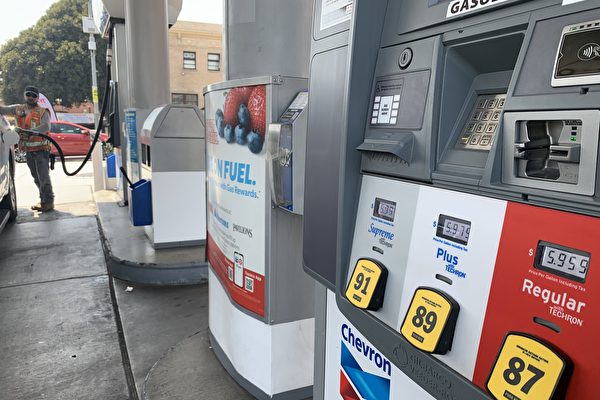On October 25, California Governor Newsom issued a directive to the California Air Resources Board (ARB) to accelerate research on increasing the ethanol blending ratio in gasoline. Currently, California regulations limit the ethanol blending ratio to no more than 10%, known as E10, but regulatory agencies are considering allowing up to 15% ethanol blend, known as E15.
Governor Newsom stated in the directive that considering the allowance of E15 gasoline could increase fuel supply, reduce gasoline prices, and have minimal environmental impact, it is wise for the ARB to prioritize resources to expedite this process. Therefore, he instructed the board to take action promptly on this key issue.
The U.S. Environmental Protection Agency approved the use of E15 for light-duty vehicles manufactured post-2001 in 2011, but California is currently the only state that does not allow the sale or use of E15.
The Governor mentioned that allowing higher ethanol blends could lower gas station prices by up to 20 cents per gallon, while keeping the air clean. He cited a study conducted in July by the University of California, Berkeley, and the U.S. Naval War College, which found that introducing E15 would increase fuel supply.
The study concluded that cost reductions, increased supply, and intensified competition are expected to save consumers up to $2.7 billion in fuel costs annually.
A sponsor of the study stated that California households could save about $200 per year.
Geoff Cooper, President and CEO of the Renewable Fuels Association, representing the ethanol industry, stated in a July announcement that California should join the other 49 states in allowing consumers to choose the lower-cost, low-carbon E15 fuel. By not approving the use of E15 fuel, California essentially hinders its hard-working population from affording the rising fuel prices.
However, researchers pointed out that challenges remain in the implementation process, as it requires infrastructure adjustments to accommodate the new fuel.
Researchers wrote, “Brand and unbranded gas stations may need to add separate E15 nozzles or replace existing E10 nozzles, and pricing strategy adjustments will be crucial for successful implementation.”
While approximately 24 million light-duty vehicles are approved for higher ethanol blends, experts suggest that other engines (including lawn equipment, generators, and two-stroke engines) may be damaged by E15.
To safeguard equipment, power equipment company Grainger recommends using gasoline with “10% ethanol or less” on its website.
Research from the U.S. Department of Energy shows that using higher concentrations of ethanol in certain engines can lead to complex issues.
One study indicated that E15 could cause some engines to run poorly, exhibiting conditions like “knocking, shaky starts, dying after starts, and significant fluctuations at idle.”
A comparison study between E15 and traditional gasoline without ethanol showed higher degradation of several components after burning ethanol fuel.
According to researchers, further assessment is needed on the impact on operation, quality, drivability, and other issues.
James Bushnell, an economics professor at the University of California, Davis, stated in an article on October 28, “Although the costs of climate change are unfair, if most regions globally do not follow suit, California’s greenhouse gas reduction will not have a significant impact on global temperatures.”
He stressed that the state needs to reach consensus on its goals and regulations concerning fuel prices’ impact and make choices between low oil prices and low carbon emissions.
“In essence, these mechanisms need to offset costs while suppressing the use of high-carbon fuels,” Bushnell wrote. “Ultimately, if we aim for Californians to cease using gasoline, we must make gasoline prices higher than other alternatives. Additionally, concerns about the impact of our climate policies on energy costs disproportionately fall on low-income Californians.”
A state legislator mentioned that California’s policies are the reason for the rise in fuel costs; data from the American Automobile Association (AAA) shows that by the end of October, Californians were paying around $1.50 extra per gallon of gasoline.
State Senator Roger Niello stated on October 28 to the media outlet that “Our gasoline situation is such that this state’s policy is to phase out the use of fossil fuels and get rid of gasoline. The responsibility for price hikes lies in state taxes and regulations.”

